Article by Anna Tullemans
Behaviour or sensory? This is a big question! Being able to see the link between behaviour and sensory issues, or whether they are separate, will help us in understanding how to approach the behaviour that we need to tackle and the sensory issue that we need to desensitise the child to.

Behaviour is usually telling us a story; we need to figure out whether that story is related to a sensory issue or is behaviour related or, as in some cases, both.
It can be difficult to decode as the sensory behaviour may look exactly the same as the ‘naughty’ behaviour. To see the difference we must first understand the child, the diagnosis, the individual impacts of the diagnosis on the child and also inspect the environment for clues.
Often the behaviour that is seen can be related to reactions to sensory sensitivities that the child is experiencing. However sometimes the behaviour may be directly linked to stress or stressful situations, E.g. Behaviour such as chewing on clothes may be used as a calming motion by the child. The chewing motion may infuse a sense of calm when the outside world is a jumble. You can replace the clothes with chewy tubes, chewy necklaces etc. However, the child is looking for a specific sensation that is calming so the replacement must be a good match and give the same sensation.
The sensory system
In children with ASD the sensory system (nervous system) may have difficulty receiving, filtering, organising and making sense or use of, the sensory information it receives.
The sensory system involves the following parts of our bodies: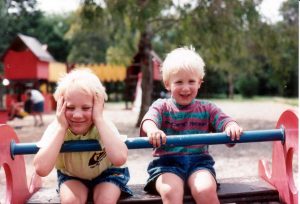
- The vestibular and proprioception systems
- Sight
- Sound
- Touch
- Smell
- Taste
Hypo or Hyper sensitive
Children can be hypo or hyper sensitive to sensory issues.
Hyper sensitive can be described as receiving too much information so children may ‘shut down’. These children might cover their ears when they hear loud noises or wear a hat low over their eyes.
Hypo sensitive can be described as not receiving enough information so that the child may be seeking more, harder, or harsher input to help them interpret what is happening around them. We may see children wearing thick clothes or long sleeves on a hot day.
Children may have both under and over sensitivities and these sensitivities may not be consistent from day to day. This can lead to high levels of anxiety. For example they may be oversensitive to some sound frequencies today and others tomorrow. Some children may even feel sensory issues as physical pain.
For many children it is the ‘piling on’ of sensory issues on one day which can result in major meltdowns or shutdowns.
Small changes can make BIG differences
For many children making slight adjustments to their environment can create big changes in their behaviour.
Vestibular and Proprioception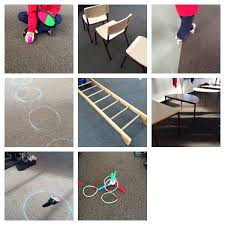
The vestibular and proprioception areas may impact the child in several different ways. They may have difficulty with knowing which side is up, where they are in space, knowing their body’s speed and direction, knowing how much space their bodies take up, knowing where their body extremities end and may have a lack of balance.
What we see are children who walk into furniture, bump into doorways, look clumsy, hold onto walls or objects as they are moving around, stand too close to people, are not able to sit at a dining table or at a desk or chair, or may be reluctant to take back packs off their backs. They may have difficulty with activities that involve taking their feet off the ground. They may also have difficulty with knowing how much pressure to use when writing with a pencil.
To increase their sensory awareness, use swings and seesaws when playing. Play ball games that require catch and release, practice walking up and down steps without holding on to rails. Practice balance games on one leg. The ‘Perceptual Motor Program’ is an excellent place to start and then add in more activities that require crawling and cross body movement. These will increase an awareness of balance and knowing the space around “me”. It will also help with understanding before, after, below, above, in front, behind etc.
Other ideas include: Creating boundaries on floors with coloured tape, positioning furniture so there is a delineated ‘walkway’.
Using a sensory tool while moving from one area to another may also help the child to process the movement. Use anything that would fit in a their hand easily. Eg key chain items
Touch and sound sensitivity are two areas where we usually see large reactions from children.
We may see children who at the slightest touch feel like they have been burned. When a close contact has been made we may see explosions of anger or hitting out at others who have brushed passed them lightly. Some children may take their clothes off as they can’t bear the sensation on their skin or we may see children who need to touch and lick surfaces. Some children will refuse to wear certain clothes or textures. Being asked to do ‘dress -ups’ may result in tantrums or meltdowns. We may see children who want to leave the room first or wait until all the other children have left before exiting.
Try to pre warn before touching a child. Use role play scenarios where touch may accidently happen such as when children are leaving for lunch or sitting in a circle. Show them the desired way to react to unexpected touch. Expand the child’s experience of touch through using soft and hard brushes on skin and hair. Allow to experience different textures at their own speed. Use a sensory tool for touch such as these stretchy lizards or small slinkys to fidget with.
Sound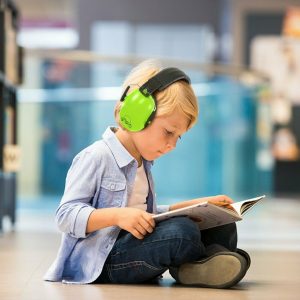
Many adolescents report that they find it difficult to know the most important sound to focus on in a room. Many say the sounds all appear to be the same volume whether they are loud or soft. Some report that they can hear the electricity in the walls and it sounds the same as the teacher’s voice. Therefore it is very difficult for them to know when someone is trying to gain their attention by calling out to them. Some children can hear conversations that are going on in the next room.
In these instances, use visual cues to direct a child. A visual cue will focus the child on you and once attention has been gained a voice instruction can be used. You can also use headphones, or earplugs to stifle the sound, especially if you are in a supermarket or other loud noise area.
Sometimes using a sensory tool, or concentration tool will increase the ability of the child to drown out sounds.
Sight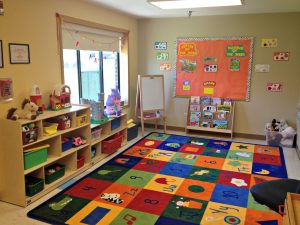
Many of our children are visual learners and require a visual stimulus. It can be a challenge to gauge the correct amount of visual information as too much information can be overwhelming. Too many colours or items in their line of sight may cause distraction or over stimulation. Here we may see children who refuse to take their hats off or wear them low over their eyes. They may put hands over their ears or put their heads down.
Set up a corner of the room where there is little visual information on the walls. Place a bean bag and some books in this corner. Teach the child how to use this corner to settle themselves. Use a weighted item on their lap such as a small bean bag.
Children with ASD may also have an acute sense of smell. Wearing perfume, using scented shampoos or hand lotions, sitting with the child after a coffee/cigarette (or the smell is mixed with a breath mint), may cause the child to shutdown or meltdown or simply refuse to work with you. Be aware of the mixture of smells on your body.
We may find that some children experience flavours as too strong. Certain textures may cause discomfort such as too hard or too soft. Some children may have very restrictive diets. It may be difficult for them to distinguish individual flavours so they may only eat one kind of food at a time. For some children the overlapping flavours that come from eating fruit that has been cut up and placed altogether in a bowl may be overwhelming and will refuse to eat any of it even if their favourite fruit has been placed in the bowl.
Try cutting up fruit individually, and use white plates. Encourage any activities that include using the mouth such as blowing bubbles, using whistles and kazoos.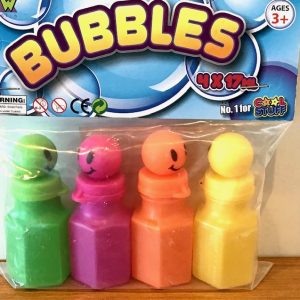
5 Key points
There are 5 key points to keep in mind when trying to change a reaction to a sensory issue.
- Don’t withhold a sensory input as a punishment. A child needs this input to be able to process information and to keep calm.
- When hypo- or hyper- aroused, children will have difficulty attending to you and to instructions. They may have difficulty completing or initiating any structured or unstructured tasks or even tasks that they have done well in the past. We can’t fix the problem while they are in this state. We need to ride the wave and work with them at a later date.
- Sensory over load usually happens as a snowball effect of aversive sensory input. It has a compounding effect on children. We must teach children how to recognise these overload sensations so they can remove themselves from the situation, or use appropriate actions before they become overwhelmed
- Any inappropriate behaviour may need to be replaced and not extinguished, to satisfy their sensory craving.
- Don’t accidentally use positive reinforcement after an undesirable behaviour has occurred. Sometimes it is the consequence of the behaviour that is really being sought.
Sensory sensitivities can never be eliminated for the child, however, we can help them to identify and use appropriate strategies to deal with the issues that present.
Part of our responsibility is to help children recognise these issues and give them the tools to work with to overcome these sensory barriers in their lives.


